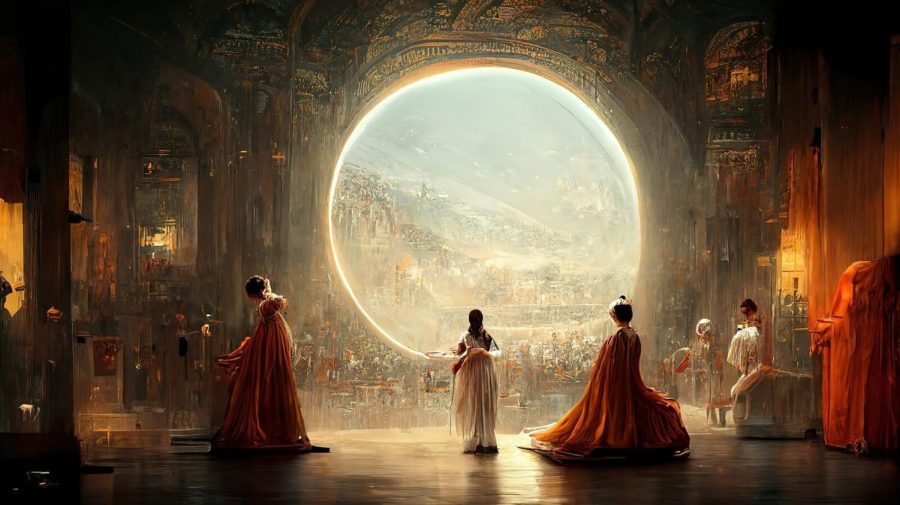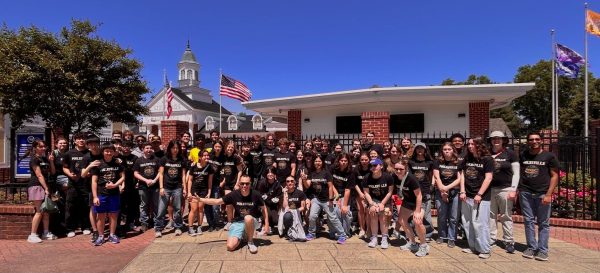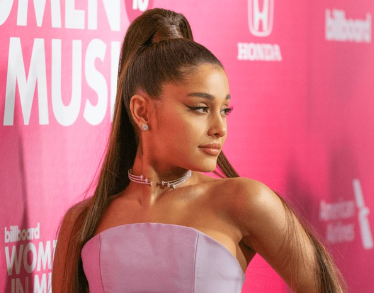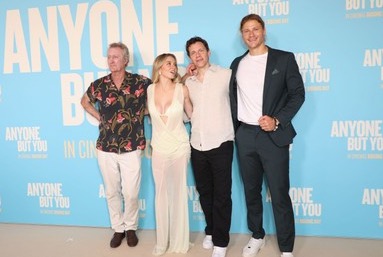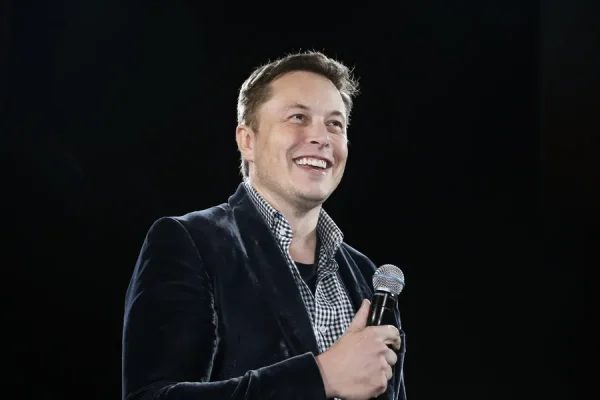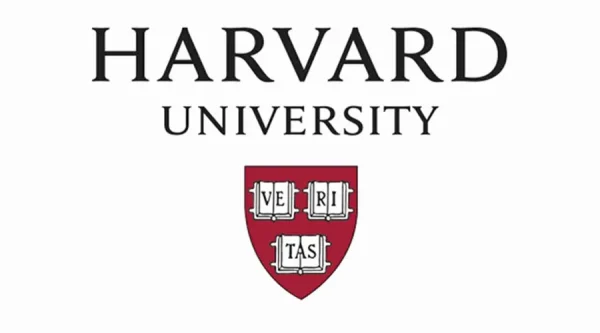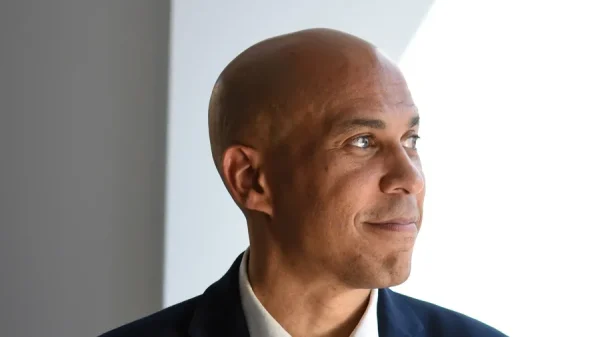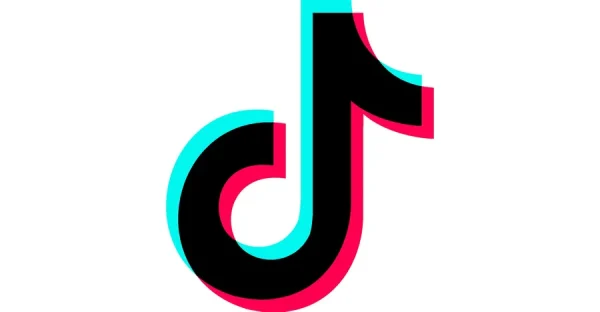Ethical concerns surface as popularity of AI generated art abounds
AI art generators such as Dream, Midjourney, and Stable Diffusion have exploded in popularity recently, but the trend of using these generators to quickly and easily create art pieces is raising social and ethical concerns among the digital art community.
Art generators are programmed and trained using databases of millions of images from across the Internet. For example, the AI is fed different images of dogs. The AI learns the characteristics of a dog, and generates a new image based on what it thinks a dog looks like. The resulting picture may not be perfect, but recent AI generators have been able to produce fairly realistic images. AI generators like Midjourney and DALL-E 2 run on millions of images scraped from all over the Internet, mostly of art created by actual artists. These generators are able to recreate and imitate the style of famous artists, past and present. The National Gallery of the Faroe Islands created an exhibition showing art generated by Midjourney of island landmarks in the style of famous artists such as Van Gogh, Monet, Picasso, and others. Similarly, Bitforms Gallery in San Francisco is showcasing 8 pieces created by artists using DALL-E 2 through the end of this year.
However, the popularity of AI art is raising questions of ethics and whether or not AI art counts as true “art”. Video game designer Jason Allen recently won the Colorado State Fair’s digital arts competition with a piece he created using Midjourney. Technically, the piece did not break any of the competition’s rules, but it sparked conversations on social media about what really counts as “art”. Artists have become concerned that increased usage of AI art may lead to creators losing their livelihoods. PHS Senior and National Art Honor Society (NAHS) member Edena Park provided her thoughts.
“It’s scary,” Park said. “It might put artists out of a job, because it would turn into a question of who could code the generators better. It’s unfair to artists who actually take time to make their art and use their own creative process.”
Concerns have also been raised about the ethical implications of AI algorithms being trained on databases of pictures that were used without permission from the artist. Greg Rutkowski, a Polish artist who creates fantasy paintings in a classical style, had his art used to train AI programs like Stable Diffusion and Midjourney. Thousands of people have also included his name in their prompts to get the AI to emulate his style. This led to Rutkowski finding art published on the internet that had his name attached to it, but that was not created by him. Additionally, some AI-generated art is being sold for a profit to sites like Shutterstock, since the stock image database does not have any rules against submitting AI art. In response to this, online art communities like Newgrounds are already implementing policies that limit or prohibit users from posting AI generated art.
It’s not just the art world that’s being affected by increased use of AI art generators. The trend also has implications for the future of computer science. PHS Technology teacher Mr. David Hill also gave his thoughts on what improvements in AI mean for the computer science field, and how it could be used for educational purposes in the future.
“People are still getting a handle on how these things work, it’s still in this sort of shaky phase,” Mr. Hill said. “I think we’re still figuring out what it can do.”
Your donation will support the student journalists of Poolesville High School. Your contribution will allow us to purchase equipment and cover our annual website hosting costs.
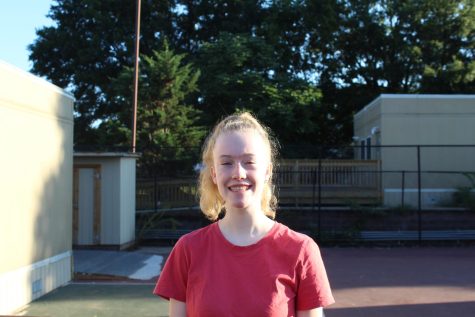
Isabelle is a senior in the Humanities magnet. This is her first year working with The Poolesville Pulse. Outside of school, she is an active member of...


